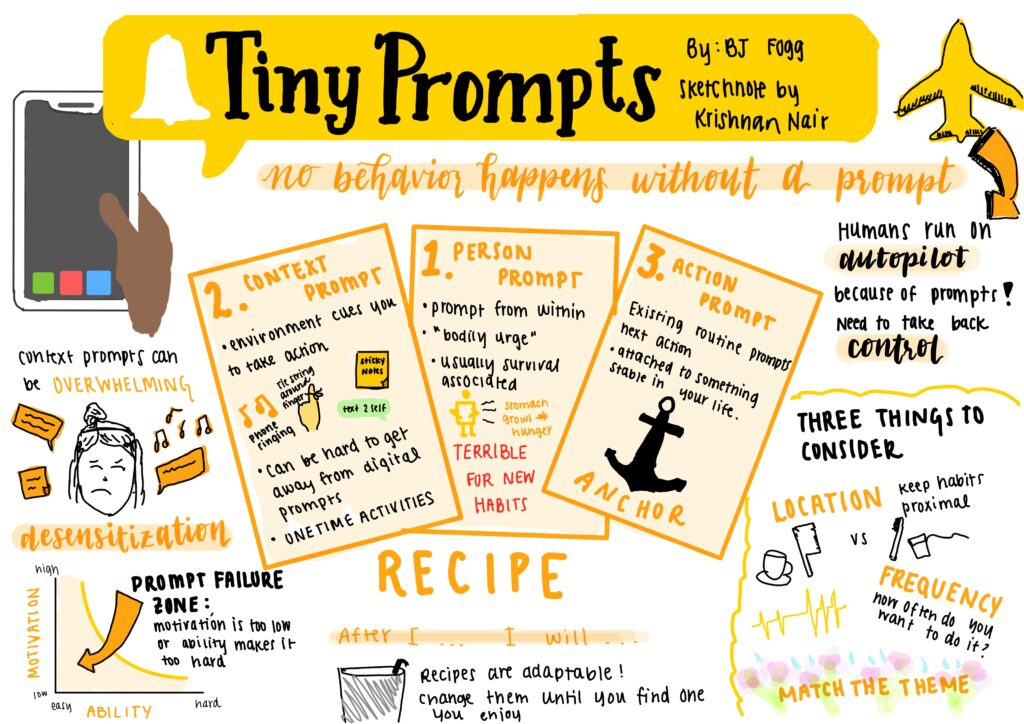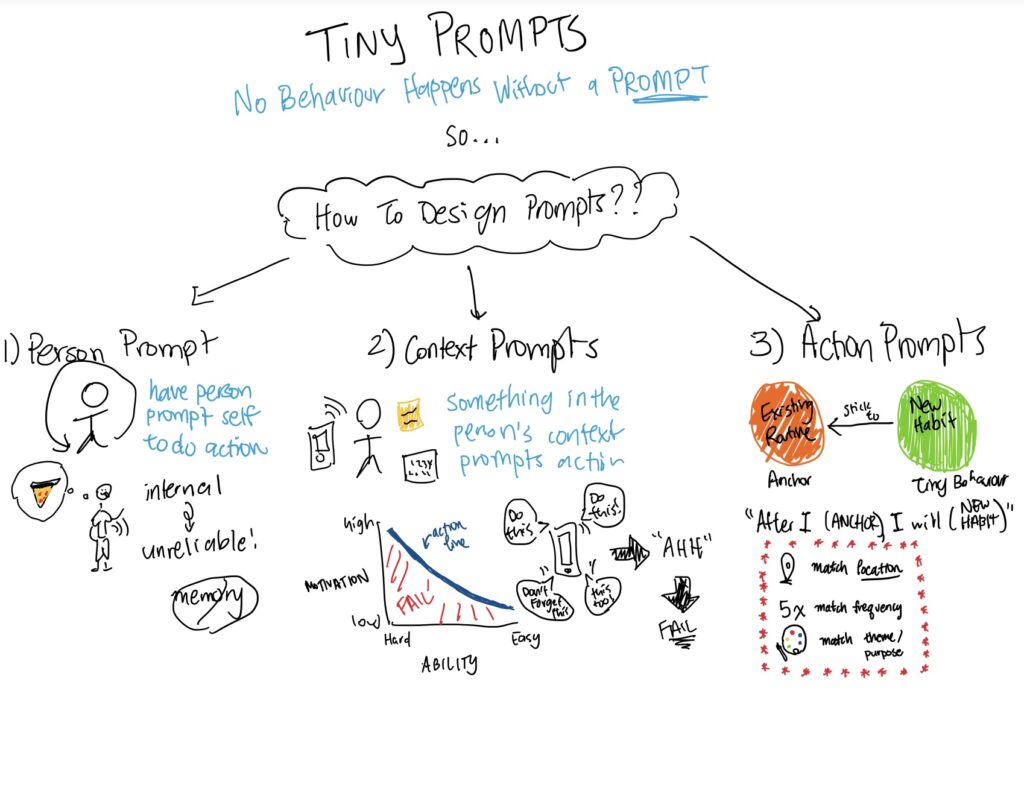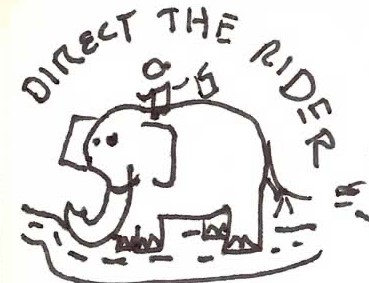What ADPRs Do
Matt LeMay frames the product manager not as a “mini-CEO” with direct authority, but as a connective role and someone who fits in wherever you’re needed. He emphasizes three recurring themes:
- High responsibility, low authority: outcomes are on you, but you must rely on persuasion and influence.
- You do whatever needs doing: when gaps or obstacles emerge, the PM steps in (even outside formal job description).
- You sit in the middle: the PM mediates tension among stakeholders, negotiates ambiguity, and translates between different domains.
LeMay also warns of unhelpful archetypes: the “Jargon Jockey,” “Hero PM,” or “Product Martyr” all of which lose sight of product outcomes in favor of ego, swagger, or overwork or some combination of them. He also notes the ambiguity of “product x” roles, bucketing them into a term he calls Ambiguously Descriptive Product Roles (ADPRs for short).
My View of a Product Manager’s Job
Putting these together, I see a product manager’s job as the integrator of intention and reality. A PM must hold the vision (or user outcomes), while constantly adapting that vision. The daily work is less about deciding features (though that is part) and more about:
- Bridging perspectives (engineering, UX, sales, ops, leadership)
- Asking tough questions early (“what problem do we solve, for whom, by when?”)
- Clarifying trade-offs and pushing for aligned decisions
- Being comfortable with uncertainty and making small bets to learn
- Facilitating conversations, resolving conflicts, and keeping momentum
In practice, success looks like a team that feels aligned and empowered.
Questions for Matt LeMay
- You emphasize that every product role is a little different (no “one size fits all”). How do you advise new PMs to discern which definition or boundaries to adopt in a given org (especially if the company is immature in product discipline)?
- When you say “you do whatever needs doing,” how do you guard against burnout or taking on too much (becoming a bottleneck)?
- How do you measure or assess your own effectiveness as a PM, given the role is so indirect and relational?



